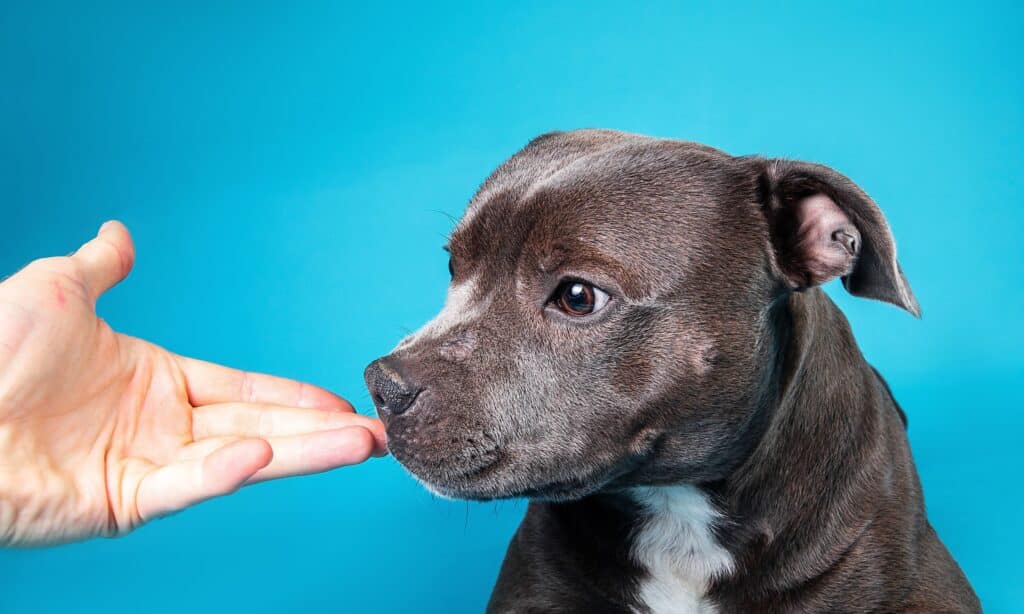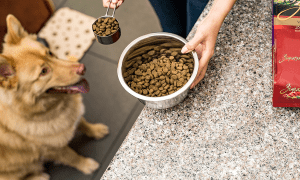“This post contains affiliate links, and I will be compensated if you make a purchase after clicking on my links.”

According to a recent study published in the Journal of Neuroscience, dogs’ senses of sight and scent are connected in the brain, something not yet found in any other species.
The study was led by Dr. Philippa Johnson of Cornell University in New York. She and her colleagues looked at MRI scans of the brains of 23 dogs, which revealed neural connections between their occipital lobe, which processes vision, and their olfactory bulb, where odors are identified. It showed an “extensive pathway” linking to both the limbic system and the occipital lobe, the area of the brain responsible for behavior and emotional reactions. This discovery sheds new light on how dogs perceive and navigate their environment.
According to Dr. Johnson, when people enter a room, they primarily utilize their sense of sight to determine who is present and how the furniture is arranged. However, dogs appear to use scent to understand their environment and determine how they are oriented in it.
Dr. Johnson said, “One of the ophthalmologists at the hospital here said he regularly has owners that bring their dogs in, and when he tests their eyesight, they are completely blind – but the owners literally won’t believe him. The blind dogs act completely normally. They can play fetch. They can orientate around their environment, and they don’t bump into things. Knowing there’s that information freeway going between those two areas, could be hugely comforting to owners of dogs with incurable eye diseases.”
“We’ve never seen this connection between the nose and the occipital lobe, functionally the visual cortex in dogs, in any species,” she added.
“One of the ophthalmologists at the hospital here said he regularly has owners that bring their dogs in, and when he tests their eyesight, they are completely blind — but the owners literally won’t believe him,” she said. “The blind dogs act completely normally. They can play fetch. They can orientate around their environment, and they don’t bump into things.”
More research on other animals’ brains, including those that significantly rely on smell, like cats and horses, is being planned by Johnson and her colleagues.





















